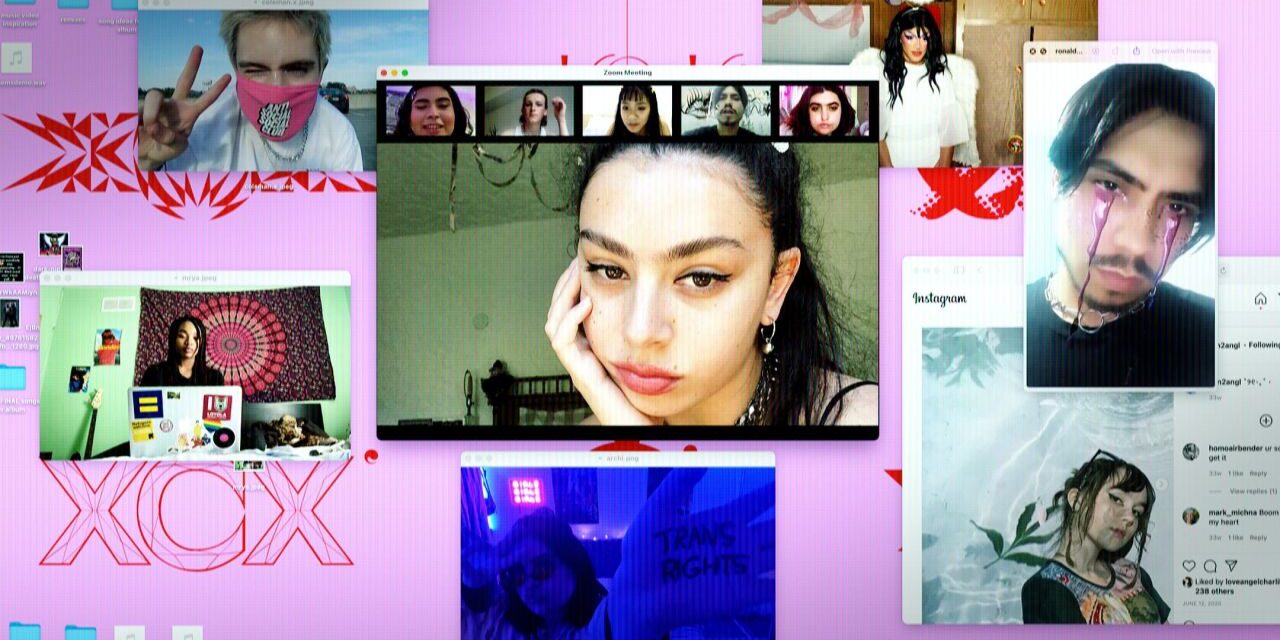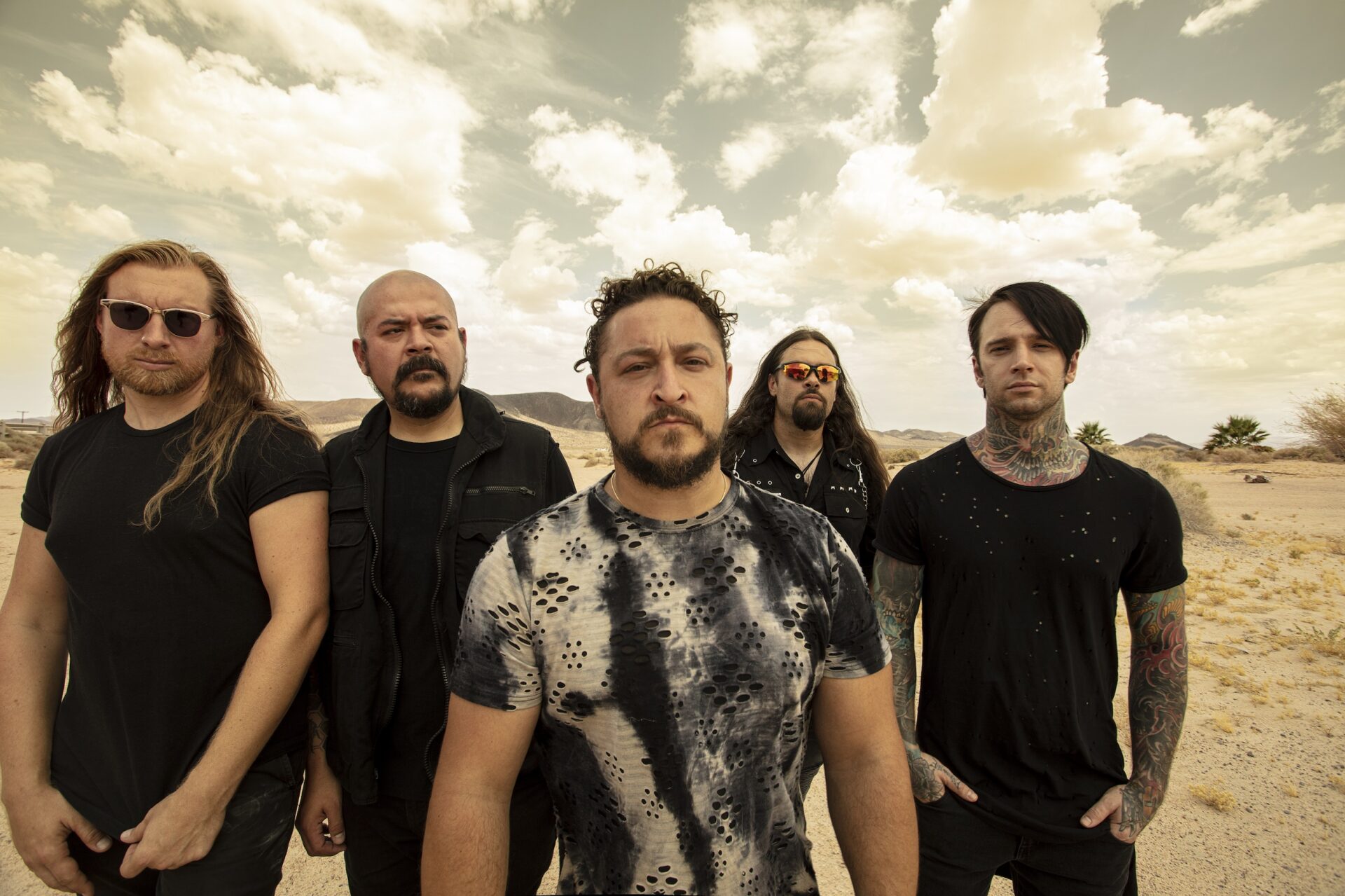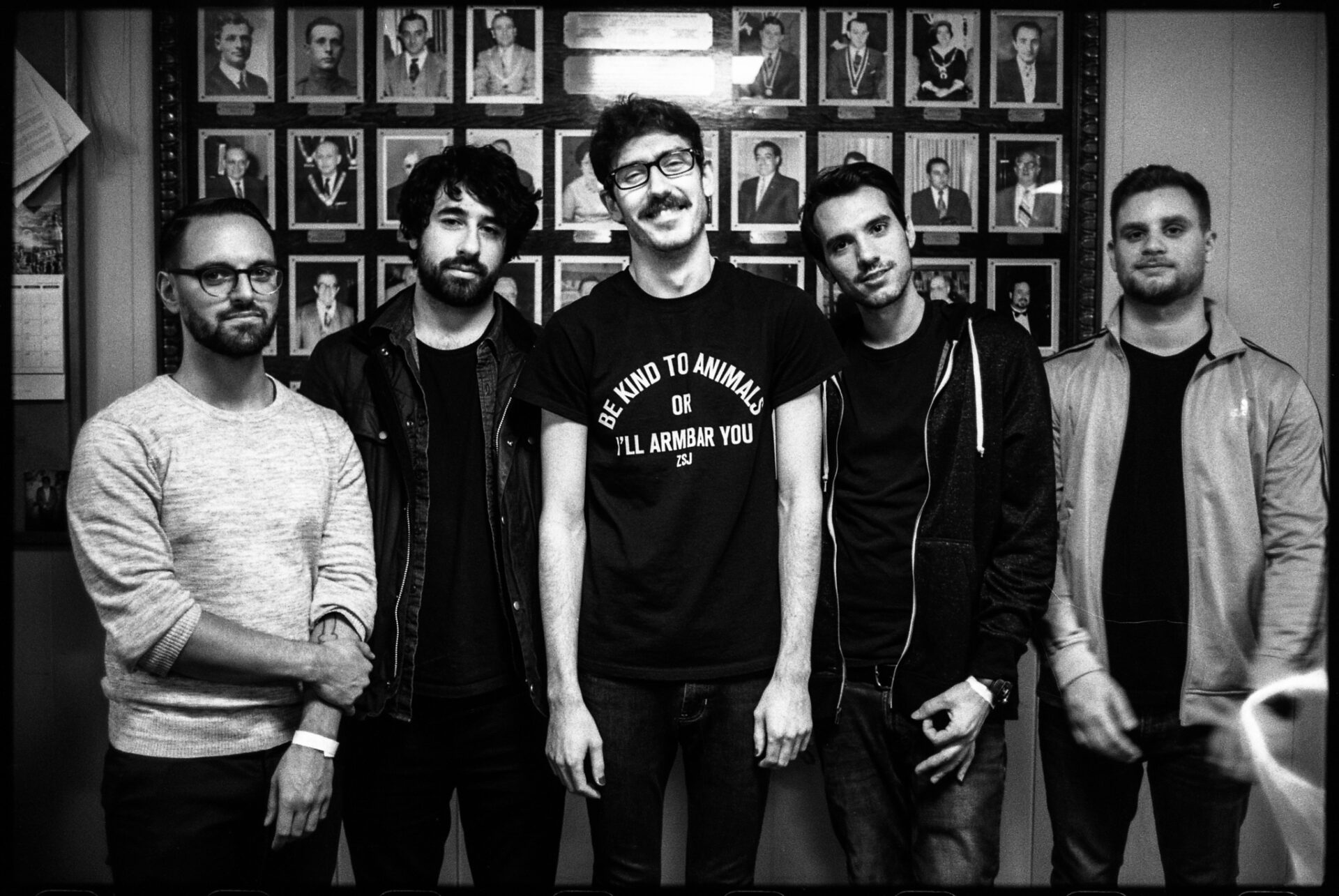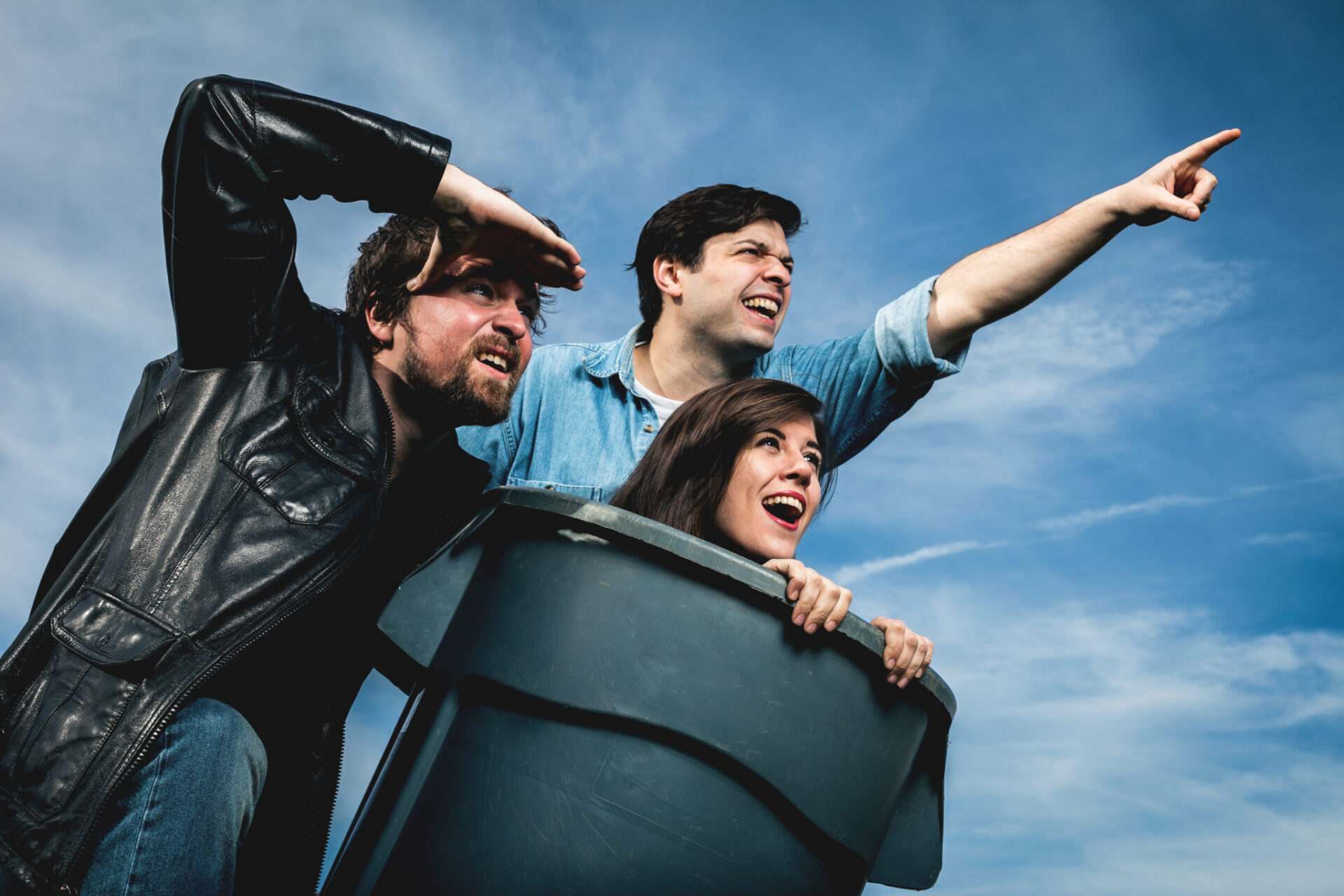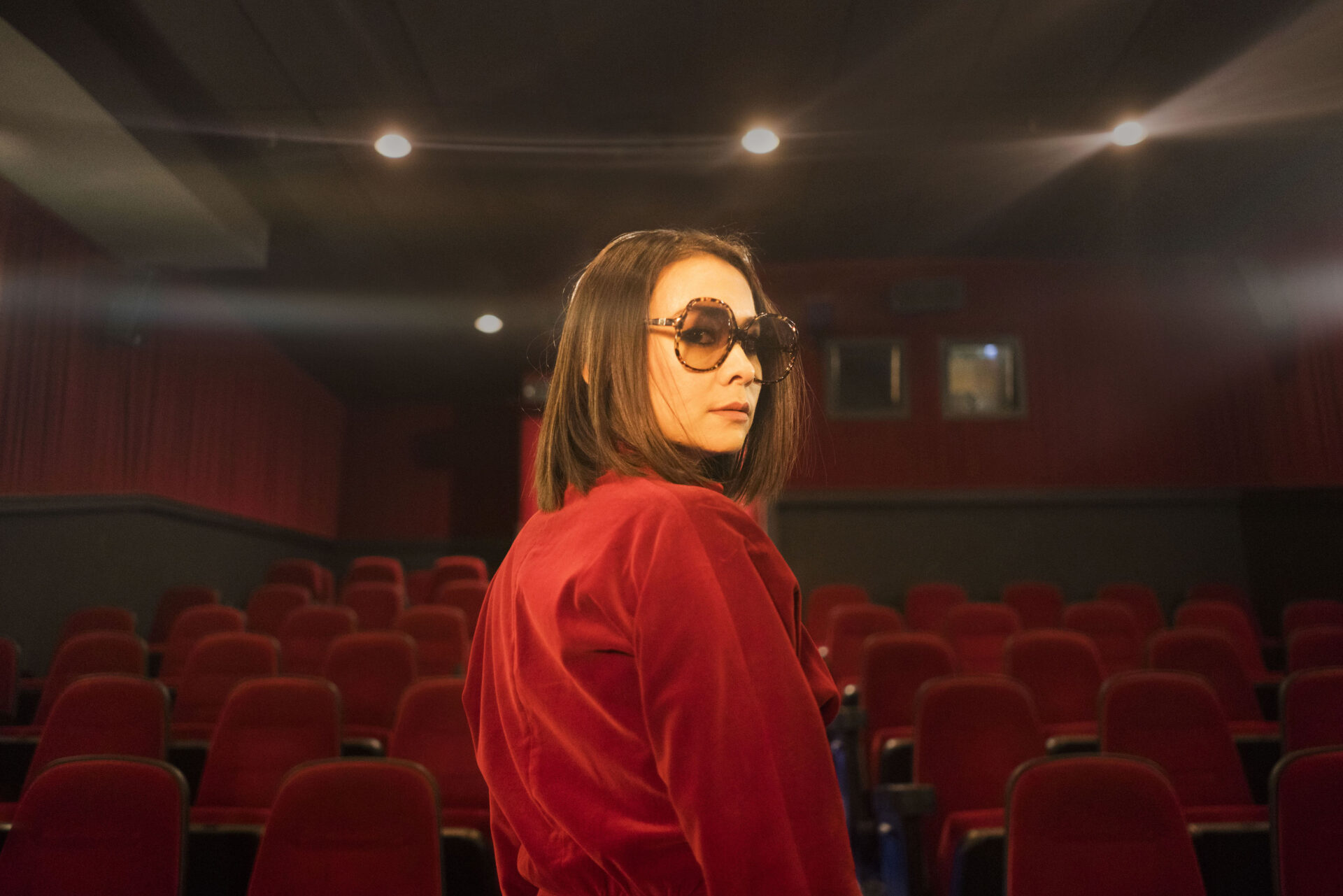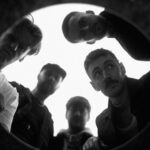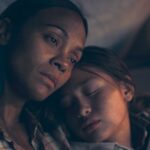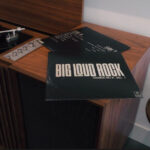Creativity saves us when life makes little sense. We turn to it to fill in the blanks when we don’t have the answers and the outside world is a little scary. It’s a cocoon of self-discovery and a bonding point between artist and fan. Alone Together begins at the tail end of Charli XCX’s tour, where cancellations had to happen because of the COVID-19 pandemic. The music industry has felt a considerable shock wave for a year and counting. As an artist who sees opportunity in creating through hard times, Charli decides to make an album with a tight deadline. 2020’s How I’m Feeling Now results from an artist trying to figure things out through her art as quarantine was uncharted territory for the world itself.
First-time directors Bradley Bell and Pablo Jones-Soler collaborated with Charli and sent cameras to her house. This process and everything in between would be documented. Not only do you get the uninterrupted scenes of creative consciousness, but Charli (born Charlotte Emma Aitchison) as a person. This would be the first time that she was with her boyfriend Huck for a considerable amount of time. The audience gets to see them grow together. The cameras are also on through Charli’s mental health struggles. She’s always been an artist that’s never shied away from showing the lows. This documentary is no different.
What bridges everything together is Charli’s relationship with her fans that she dubbed ‘The Angels.’ They were a direct part of the recording process as she shared demo clips, video ideas, and lyrics through Zoom meetings. Bell and Jones-Soler also interject parts of their quarantine stories and how being part of something bigger helped them through this tough time.
We spoke to the directors about how the project came about, the things they learned during making their first film, and more.
‘Alone Together’ is a film that captures Charli within a creative swath of figuring things out for her How I’m Feeling Now album. It shows some high points, moments of elation as she shares the process with fans, and also some low ones. Not to forget there is a whole COVID-19 pandemic going on. Even Charli wasn’t immune to that. What inspired you both to start this project in documenting this moment in her life?
Bradley: We actually started this project a few days into Charli having already announced the album project. We saw it on Instagram and said, “that sounds like a really amazing story. We want to do something with it.” I think the thing that initially caught our attention was how Charlie was making this album with her fans in a very open, communicative way. Which felt like being new and very meaningful. So we had a vague inclination that we needed to include the band’s into the story as well.
So for the first few weeks of the project, we sent cameras to Charli’s house. We’d receive a Dropbox link every one or two days with a bunch of footage from her. We didn’t really know what it was going to include. We spent a lot of time on Zoom talking to different fans from across the world. Getting an insight into what they experienced in the pandemic was and how the project was influencing their lives for the better. As the project developed in real-time, it started to shape itself.
I think there are a few things which also we kind of hadn’t counted on. Being part of this story was Charli’s relationship with her boyfriend [Huck]. He had just moved in with her after having been living in New York for a long time. They’ve been in an on and off relationship for seven years and only spent two weeks together. So, this was new and uncharted ground for them, which was an aspect of the story we kind of discovered as we were receiving these files in Dropbox. Another side of it that was helpful, I feel, is that Charli had just started doing therapy a couple of weeks before the quarantine happened. There was also this big journey of self-discovery which was unfolding as well. I think the project ended up having all these extra layers of meaning and depth that we hadn’t counted on when we first documented.
Pablo: Just to talk a little more about the process, we had a very limited shooting window and Charli was filming itself. While that was happening, we’d talk to fans and went through a long screening process. I’d say at least three weeks – watching everything back. After that, we wrote a structure that basically had sort of some sort of tangible narrative read through it. It was mostly at that point scenes made sense next to each other.
We did an early preview screening in August. That screening was I’d say a humbling screening. It was a really important part that made us analyze things differently. Honestly, this was our first long-form project. We really had to learn how to go about telling a story. What was surprising to me how technical the entire story writing process actually is. We’d spend probably another three weeks after that literally brainstorming with sticky notes and loads of documents. Breaking down exactly what it is you’re wanting to tell into a three-act structure, the themes, etc. After getting everything together, we were able to basically write the story on paper. Knowing what chunks we had to work with that could then be turned into a narrative edit on-screen. It was a laborious task. It took time, but we got there.
You mentioned the screening that happened in August. What did you specifically learn from that experience given the feedback you received?
Bradley: One huge thing was the length of the film. It was an hour and 40 minutes long, so it was quite a different beast at that point. I think we had we always had three stories. Charli and her mental health struggle through the pandemic, the fans and how they sort of related with Charli, and the story of Charli and her boyfriend, At that point, we hadn’t sort of figured out how they all weave together. I think what was the major realization was that the core of the film is human connection. Those three linear structures helped us really compress the story to something that had a nice heart.
Pablo: Yeah, that was the transformative moment. Weaving those three stories together to transcend into this bigger, dramatic message at the end of the film. From the screening, certain pieces, for example, there was a bit of this struggle between the fan stories, and Charli’s stories. At one point, we were trying to treat the fans more like subjects. Well, they’re always going to be secondary subjects, but they also had more sort of importance. We were trying to have maybe multiple protagonists. Then we realized and settled that Charli is our protagonist. The fans are sort of like characters, which are helping her on her mission. The stories and their themes really complemented each other into this wider thing at the end of the film.
The COVID-19 pandemic obviously put on some constraints that wouldn’t normally happen under normal circumstances. You both couldn’t be with Charli physically to look at the footage together. Everything had to be done at the distance. What has this experience taught you both as directors?
Bradley: It 100% sharpened our skills in ways that we wouldn’t have done had we not been a pandemic. I think one major thing was until now, our work is generally very stylized. We are all about visuals. We love lots of lights, art direction setting, design, all those kinds of things. You get a lot of pleasure out of working with those elements. Obviously, all of that was completely stripped away in this process. We had to focus on the core of the idea, which was around the story. With no bells and whistles to sort of prop it up. It sort of exposed that side of filmmaking in a way that we couldn’t hide behind anything else.
Pablo: I mean, it was giving up control of some of those things, or being too precious about how things look or shots really helped us. Our development with this film is going to be fundamental to us from now on everything, The story takes priority. Understanding that you can tell a story you like through 20 different pixelated cameras. It’s pretty cool and really liberating, actually.
Were there any aspects of this film that you weren’t able to include? Charli and her fans provide some real raw and emotionally forthcoming moments. Both in how the pandemic has unfolded and how music brings people together. I wonder if anything had to be held back.
Bradley: Pretty much everything was fair game. Going into the project. I think just who Charli is as a person, and has been up to this point on social media and where she talks to her fans, she’s very cognizant of the importance. She would probably cringe at calling herself a role model, but role models are open and honest about their emotions, I think she sees the value in that. Just what means to these kids to see some of their most personal issues reflected back to them. It sort of makes them feel understood and hard. I think Charli sees the value in that and was aware and sort of had that in mind as we were going into the project.
Pablo: That never really became an issue. The only way that it became an issue was there were times during the filming process where she or the people around her were struggling emotionally to turn the camera on. There were things that we probably missed. Only because Charli’s emotional state wasn’t in a place where she could actually turn the camera on. Everything that she did film, she was very open and willing to.
Bradley: Also, with the fans as well. Not everything was fair game with them. It was pretty eye-opening how serious the kinds of situations some of them were in. Some were in difficult, homophobic environments where they had to hide who they were. Some didn’t want to be on camera. There were parts of interviews we had to exclude. People didn’t want their locations properly known. There was that aspect of it too, which just sort of speaks to how much we really need to keep talking about LGBTQ issues.

